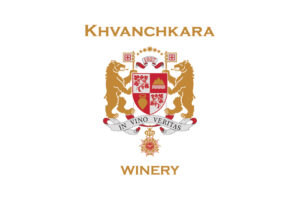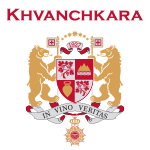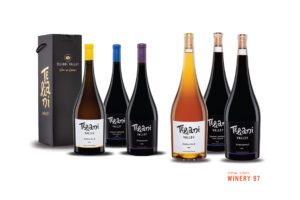A continuous heritage of winemaking that counts 8000 years
Traces of the centuries-long history of Georgian winemaking can be found in scientific, literary or historical works, legends and archeological materials.
For at least 8000 years, the vine cares symbolic and sacred meaning for the Georgian people. All the legends clearly show that for Georgians winemaking and wine drinking has always been a certain form of art.
Even centuries ago, in this country full of vineyards, one could see a wine cellar in every peasant’s house. Traditional way of storing the wine was a complete mystery to a stranger: no barrels, no pots or jars were visible anywhere. The only hint could be a row of hills right on the ground. In 2013 UNESCO added the traditional Georgian method of making wine in Qvevris (large earthenware vessels) as “Qvevri Wine” to the list of world’s intangible cultural heritage.
Georgian wine is mentioned in Homer’s “Odyssey” (around VII-VIII centuries BC.). Even centuries later, descriptions of Georgian winemaking in various sources show that a lot of details have remained unchanged in Georgian customs of winemaking since the time of Homer.
Sir John Chardin, a French traveler and personal jeweler of the King of England and the Shah of Persia, in a diary published in 1686 writes: “There is no country where more wine is drunk and no country where better wine can be found”.
As for the rich archeological materials – the earthenware jars containing residual wine compounds were found in two sites south of the Georgian capital, Tbilisi. Leading scientists say that these 8,000-year-old pottery fragments have revealed the earliest evidence of grape wine-making. In the capital city of Tbilisi, National Museum keeps a unique qvevri that is dated as far as 5th-6th millennium.
Georgian and Anatolian vines are called Vitis vinifera pontica. According to one theory, the Phoenicians spread these varieties to Europe from contemporary Lebanon and they can be called the ancestor of many varieties of white grapes.Even centuries later the tradition of cultivating vines, making wine or drinking wine is an essential part of Georgian culture.
References : Hugh Johnson’s ” Story of wine”





















